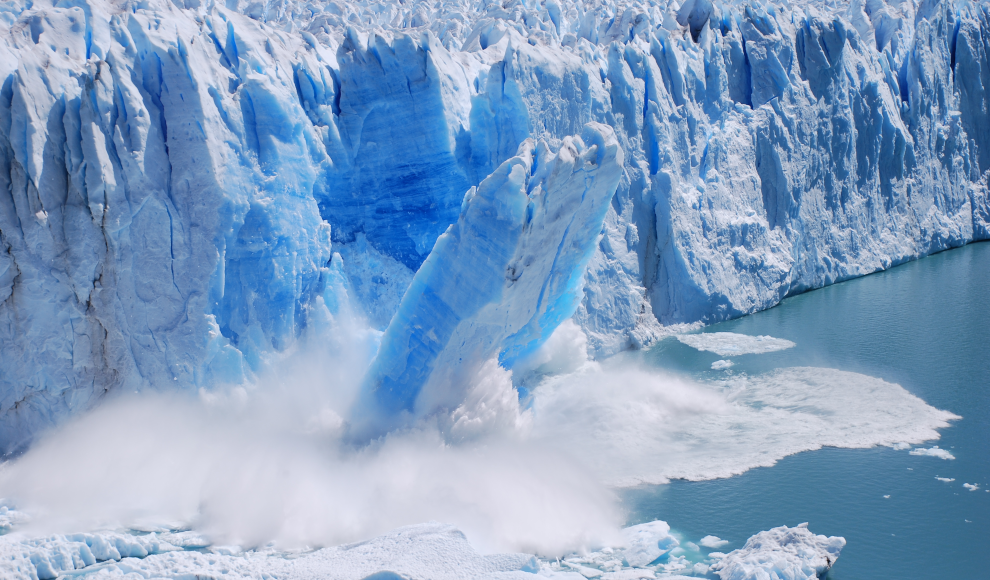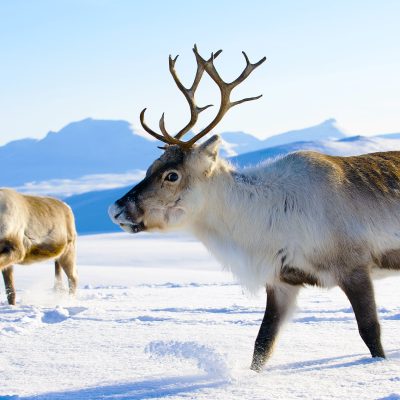The rapid melting of glaciers due to climate change is causing the release of unknown viruses and bacteria that could trigger new pandemics. A recent study by the University of Ottawa reveals that the melting of glaciers will have far-reaching consequences for the global climate balance, the height of sea levels, and the supply of drinking water. The study also highlights a previously overlooked effect of climate change, which is the release of bacteria and viruses that have been trapped in ice for thousands of years. These bacteria and viruses could infect animals and eventually jump to humans, potentially causing a new pandemic.
The researchers collected samples from the arctic freshwater lake, Lake Hazen, and analyzed the RNA and DNA contained in them to better understand the risks posed by the viruses and bacteria trapped in the eternal ice. Although the study did not provide concrete results, it clearly showed that animals near glacier lakes are more likely to be infected with unknown pathogens than in other areas. Further investigations will reveal which viruses and bacteria were present in the samples. The authors also explain that the melting of glaciers and global warming will trigger other side effects and interactions that are difficult to predict.
As temperatures rise, animals will move further north and to higher altitudes, bringing them into contact with other species and pathogens. The resulting risk is difficult to predict due to the many variables involved. The study highlights the need for further research to understand the potential risks of melting glaciers and climate change.










